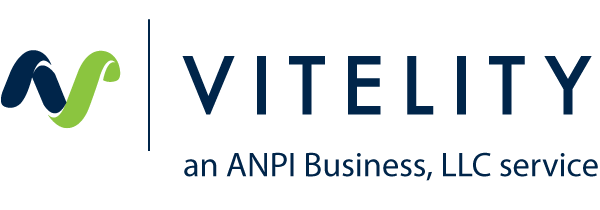As VoIP continues to gain popularity and market share in North America, many new VoIP service providers are looking for ways to streamline costs and improve margins on the products and services they offer.
This is actually a good thing but often times ITSPs (Internet Telephony Service Providers) try to cut costs in areas that shouldn’t be messed with – like E911. Any small savings the ITSP might realize by not offering E911 or by offering only the bare minimum can quickly be offset when a subscriber is unable to get help in an emergency.
These are the five reasons why all ITSPs need to include E911 with their service offerings.
It’s the Law
In May 2005, the FCC issued an order (FCC 05-116) that requires interconnected VoIP providers to provide E911 service to subscribers. Below is an excerpt from the order that clearly states the requirement:
37. Enhanced E911 Service. We require that, within 120 days of the effective date of this Order, an interconnected VoIP provider must transmit all E911 calls, as well as a call back number and the caller’s “Registered Location” for each call,120 to the PSAP, designated statewide default answering point, or appropriate local emergency authority that serves the caller’s Registered Location and that has been designated for telecommunications carriers under section 64.3001 of the Commission’s rules.121 These calls must be routed through the use of ANI and, if necessary, pseudo-ANI,122 via the dedicated Wireline E911 Network,123 and the Registered Location must be available from or through the ALI Database. As explained in paragraph 42 infra, however, an interconnected VoIP provider need only provide such call back and location information as a PSAP, designated statewide default answering point, or appropriate local emergency authority is capable of receiving and utilizing.
So basically the FCC believes “if it looks like a phone and acts like a phone” it must have access to E911 emergency services.
Liability Risk
Failure to provide critical emergency E911 service to subscribers/customers can put them at risk and deny them lifesaving emergency response. The legal aspects should be obvious. An ITSP that knowingly and/or willfully failed to provide E911 service could be deemed negligent in a court of law and subject to heavy fines ranging from $11,000 to $130,000 per violation by the FCC. If the negligence resulted in injury or death, additional lawsuits by the subscriber- subscribers family could cost the ITSP millions of dollars and most likely put them out of business.
E911 can be provided to the customer with little or no cost to the reseller.
For many ITSPs the cost of E911 service from the wholesale carrier is usually less than 90 cents/month per number. This small amount can easily be rolled into existing service plans or added to the subscribers monthly statement as an FCC mandated E911 access fee; thus, eliminating the cost issue altogether. Large nationwide CLECs with direct access to the E911 routing network can provide much lower costs to the ITSPs with volume.
It gives the customer peace of mind.
If given a choice, the majority of residential and business subscribers would rather purchase from an ITSP that included E911 service with their subscription than those who do not. Though most subscribers think their mobile phone will suffice in an emergency, they like knowing that their VoIP phone can provide E911 access if the mobile phone fails. In areas where cell phone coverage is poor or not available, it is even more important to subscribers as it could be their only lifeline in an emergency.
It’s easy to implement.
If you are an ITSP, chances are your upstream wholesale carrier should already offer E911 access for the numbers you get from them. If they don’t, consider changing providers or find a provider that can provide E911 services on other carrier’s phone numbers. Most reputable wholesale carriers give you the ability to activate E911 on your numbers from a customer portal or through an E911 API (Application Program Interface). Please note that the wholesale carrier should provide several mechanisms to update E911 address information so subscribers can be covered when they move their VoIP phone from location to location.
So if you are an ITSP and struggling with the decision to offer E911, just remember that the small amount of money you may save by not offering it quickly goes away when your customer needs help and can’t get it.
Authored by Scott Navratil, Vice President, Sales and Marketing, Onvoy, LLC. d/b/a Vitelity Scott has over 20 years of telecommunications industry expertise. Before working with Vitelity, he served as the Director of Sales and Marketing for Dash911 Solutions, a leader in wholesale E911 for ITSPs.
